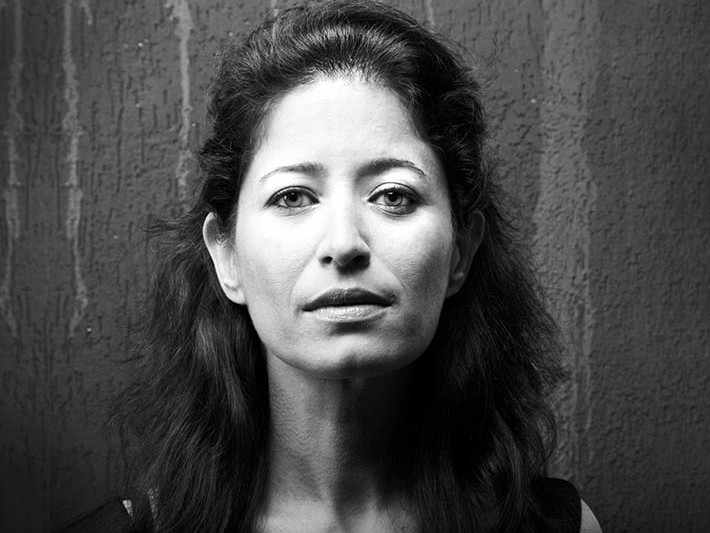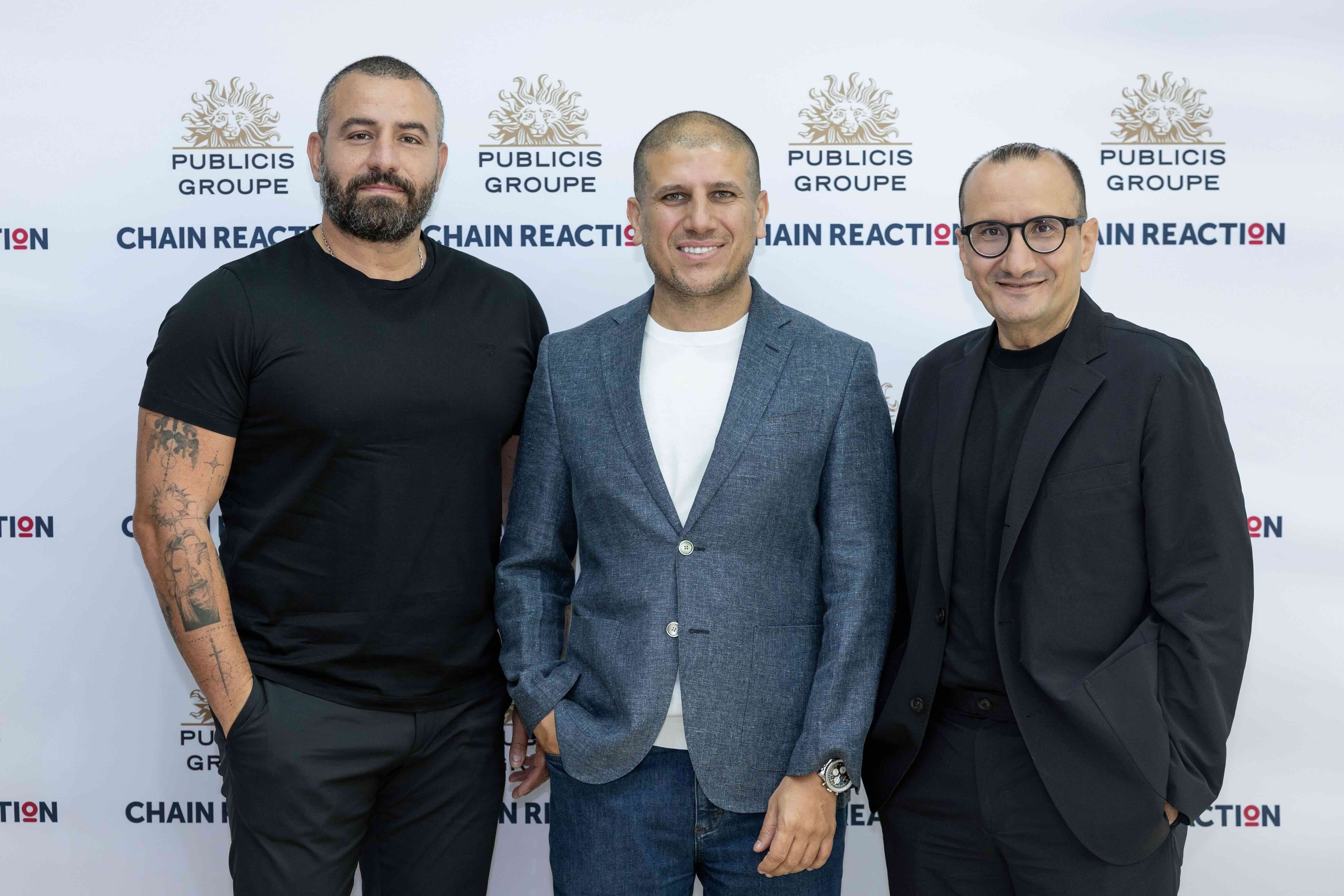News - Advertising
Can Saatchi & Saatchi return to the limelight?
by Iain Akerman
February 6, 2017
.jpg) Advertisement
AdvertisementSometimes the allure of Dubai can prove too strong. So it has proven for Komal Bedi Sohal.
The former executive creative director at Y&R Dubai and Lowe MENA has returned to the emirate after almost four years in India and Singapore, and now finds herself with a challenge on her hands: how to reinvigorate an agency that has almost disappeared from view?
That agency is Saatchi & Saatchi Dubai.
Bedi Sohal officially took over as the agency’s chief creative officer in January, a move that reunited her with chief executive Adil Khan, with whom she worked at Y&R for eight years prior to their departures in 2010. Chief creative officer at Y&R Singapore before returning to Dubai, she replaces Richard Copping, who had been executive creative director at Saatchi & Saatchi Dubai since early 2013.
What brought her back?
“A call from my old friend Adil,” says Bedi Sohal with a smile. “I worked with him for 10 years so there’s a little sense of comfort there, but also I realise that good chemistry and a great working relationship is necessary if we are going to achieve things. Plus it’s home, you know. Dubai is home.
“I left Dubai because I wanted to do more diverse work and to experience different markets; to get out of doing what I was doing here because after a while it just became the same. Your perspective as a creative changes once you’ve done two different markets. It’s a crash course in growing up.”
She joins an agency that has, over the course of the past few years, retreated into relative obscurity. It has failed to consistently produce great work, has not won a major new piece of business in years, and has fallen from many creative’s agency radar. Bedi Sohal’s remit, therefore, is relatively simple: to produce better work.
“You know, the most difficult part of moving is you have to get your teams sorted again, you have to start understanding the clients. It’s like literally hitting the re-set button,” she says. “[But] to come here with preconceived notions is a bit silly. So you give it some time, you look at the people, you give everybody an opportunity, and then sometimes people surprise you… and sometimes they don’t.
“You said to me earlier that you haven’t heard about Saatchi much. I just want to make sure people here about it a little bit, you know. Do some cool stuff. Make some noise.”
The team around her will be key. She will be bringing in new people, she admits, but is cagey about possible changes within the existing creative teams that worked under Copping.
“I think the quality needs to be higher for sure,” she says. “But I’m expected to say that, aren’t I? You have to be tough and I’m not here to win Miss Congeniality. My job is not to be their friend; my job is to make their work better. My job is to get them to a point where their work makes me look good. And my job is to make them look good. That’s why I say to my guys, ‘when you leave here – and you will, right, at some point – is your book going to be better than when you came in? If it’s not, then I’ve not done my job and you’ve not done any justice to being here 12 or 14 hours a day’.”
I left because I was doing that kind of work (print and outdoor), and yet there was so much more to learn.
Yet, so far so good. A project that was pitched for on just her sixth day in the office has already been secured, while she will be keen to produce a diverse array of work that will prove that she is no longer primarily associated with traditional campaigns. At Y&R in particular – which became the most awarded regional agency in Cannes history in 2013 and was crowned agency of the year for third year in a row at the Dubai Lynx the same year – the work was always about print and outdoor.
“That’s why I went away,” she admits. “I left because I was doing that kind of work, and yet there was so much more to learn. Not only was I doing traditional work, I was mostly doing fashion. So I was doing the same thing, whether I was at Y&R or at Lowe. So I said, ok, how do I break this? Let me go to India and work on Tata trucks, which was a great experience by the way. India has real problems and you have to find real solutions, real quickly.”
As for her priorities, there could well be many, with new business, an improvement in the agency’s creative output, awards and digital all undoubtedly featuring in her strategy for the coming 12 months.
“I don’t think anything is mutually exclusive,” she replies. “You can’t just be about fortune and not worry about fame. And you can’t just worry about fame without worrying about fortune. They go hand-in-hand. You can have all the numbers, but if you get them by doing average work then there is no juice for a creative person. But if it’s all about doing award work and no business… there has to be a balance.”
What has she told her team?
“Just forget about the past. Don’t think of what the agency was like, but what it’s going to be like. Where do we want to be as an agency two years from now, or one year from now, or if you’re really ambitious, six months from now. Tell me what it is that you’d keep and what it is that you’d change. And what is it that you want to be. I can tell you what I want to be. What I want, I know. Tell me what you want.”
What does she want?
“What everybody wants. It’s a universal thing. Fame and fortune. Who doesn’t want that? It’s not exclusive to anybody. And what you have to do is you have to try your best, and try it with honesty and integrity.”




.jpg)





.jpg)




